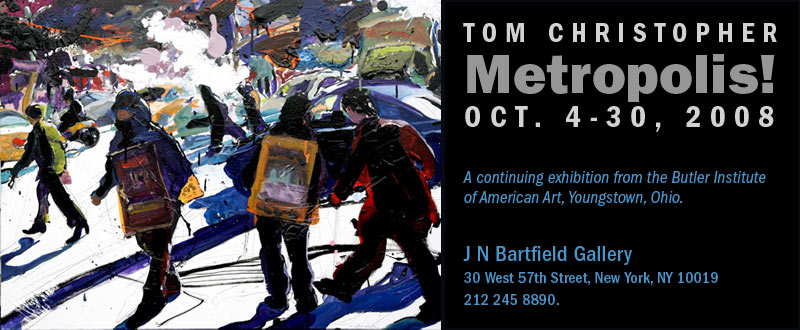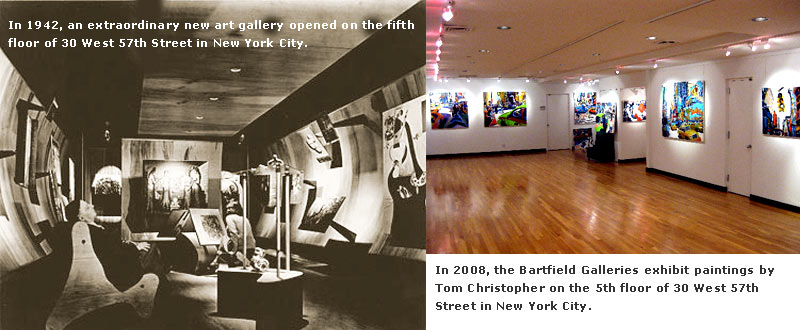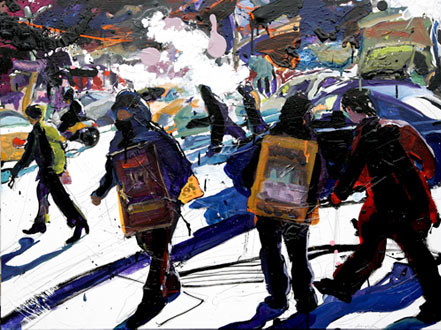
On October 20, 1942, an extraordinary new art gallery opened on the fifth floor of 30 West 57th Street in New York City. Art of This Century was a pioneering exhibition space Entitled Art of This Century, it was like no exhibition space that had ever been seen before. Some of its innovations – intermittently the lights all went out in one section, and visitors heard the sound of an express train rushing by – were distinctly disconcerting.
This was not a place for calm contemplation, but a gallery calculated to shock and amaze – suitably, since among the works on view that night were many masterpieces of Surrealist art. The lighting was defended by the gallery’s designer, Frederick Kiesler, on the grounds that: “Its dynamic pulsates like your blood.” Eccentric though it was, Art of this Century – and its owner, Peggy Guggenheim – presided over one of the crucial transitions in 20th-century art. It was there, more than any other place, that the torch of Modernism was passed from its European originators to the still unknown artists of New York.
One of the latter, named Jackson Pollock, was then existing on a monthly stipend from Guggenheim of $150. Pollock was by no means her sole dependant. New York in 1942 was populated by a throng of exiles from avant-garde Paris, among them the poet André Breton, leader of the Surrealists, and the artists Marcel Duchamp, Piet Mondrian, and Max Ernst.





